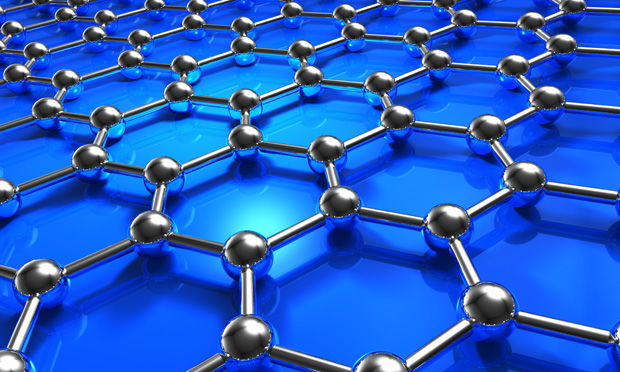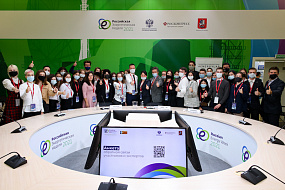Graphene proves to be source of infinite energy: A revolution in energy

U.S. physicists accidentally discovered that graphene can generate energy with the help of the environment and will become a game changer in energy and bionics in the near future.
The existence of graphene in nature is a phenomenon that became possible due to the fact that scientists found a “loophole” in the laws of physics and forced a solid two-dimensional atomic sheet to behave like a three-dimensional material. More and more new studies have revealed useful applications of this material, and the forecasts sound very encouraging: it turns out that graphene can be used to obtain an almost infinite number of energy!
Accidental discovery
A team of physicists led by researchers from the University of Arkansas made the discovery entirely by accident. The original purpose of their tests was to study the vibration of graphene – but why?
We are all familiar with granular graphite, which is commonly used together with ceramic components to create a pencil rod. The black streak left behind after pencil lead is traced over paper is actually thin sheets of carbon atoms that slide easily over one another. For years physicists have wondered: could such a sheet be isolated and made into an independent two-dimensional plane?
In 2004, physicists from Manchester University succeeded in doing this. To exist separately from one another, the sheets of carbon atoms must behave like a three-dimensional material to ensure the necessary stability. The “loophole” in this case proved to be is the displacement of mobile atoms, which gives graphene the properties of a third dimension. In other words, graphene was never 100% flat – it vibrated at the atomic level so that its connections did not undergo spontaneous decay.
Physicist Paul Thibado recently led a group of graduate students in conducting a very simple study with the precise goal of measuring the level of this displacement and vibration. The scientists laid out graphene sheets on a special copper netting and observed changes in the positions of atoms with a microscope. However, the numbers did not match the expected model for some reason. Moreover, the data varied from test to test.
Graphene as a source of energy
Thibado decided to take the experiment in another direction in an attempt to find a suitable template and alter the method used to analyse the data. The researchers divided each image obtained during the measurement into sub-images. The strategy proved to be correct: a large-scale picture did not allow for studying the laws of atomic motion, however an analysis of its details resulted in an interesting discovery. It was assumed that the sheets of graphene moved according to the same principle as bent sheets of metal, but this assumption proved to be false.
It turned out that it was all a matter of so-called Levy flights – templates of small random oscillations combined with sudden, sharp shifts. Similar systems were previously observed in biological and climatic systems, but this marked the first time physicists had seen them on an atomic scale. Measuring the speed and scale of these graphene waves, Thibado suggested that they could be used to extract energy from the environment.
While the ambient temperature prevents the “comfortable” movement of graphene atoms relative to one another, they will continue to pulsate and flex. Place electrodes on both sides of a section of this graphene and you'll get a tiny generator. According to calculations, a 10x10 micron graphene graph has capacity of 10 microwatts. Given that as many as 20,000 such squares could fit on a pinhead, such a "power station" does not look very impressive, does it?
However, at room temperature this power would be enough to provide energy for a small gadget – for example, wrist watches. It is also interesting that in the future such a method of obtaining energy could lead to the creation of bioimplants that would not require bulky batteries.
Conclusion
At present, Thibado is already working with scientists from the U.S. Naval Research Laboratory to figure out if this strategy has a future. Perhaps graphene will become a source of “energy of the future”, which will make it possible to make a significant technological breakthrough in the near future.
Source: www.popmech.ru/





